KAMANGA VILLAGE, IN NYAMATONGO WARD
Kamanga Village is located in the Lake Zone of Sengerema District. It lies directly across Mwanza Town, in Mwanza Gulf, separated by Lake Victoria. It has a population of around 5,000 people. It is situated alongside four other villages, which altogether make up Nyamatongo Ward. This Ward has around 30,000 residents.
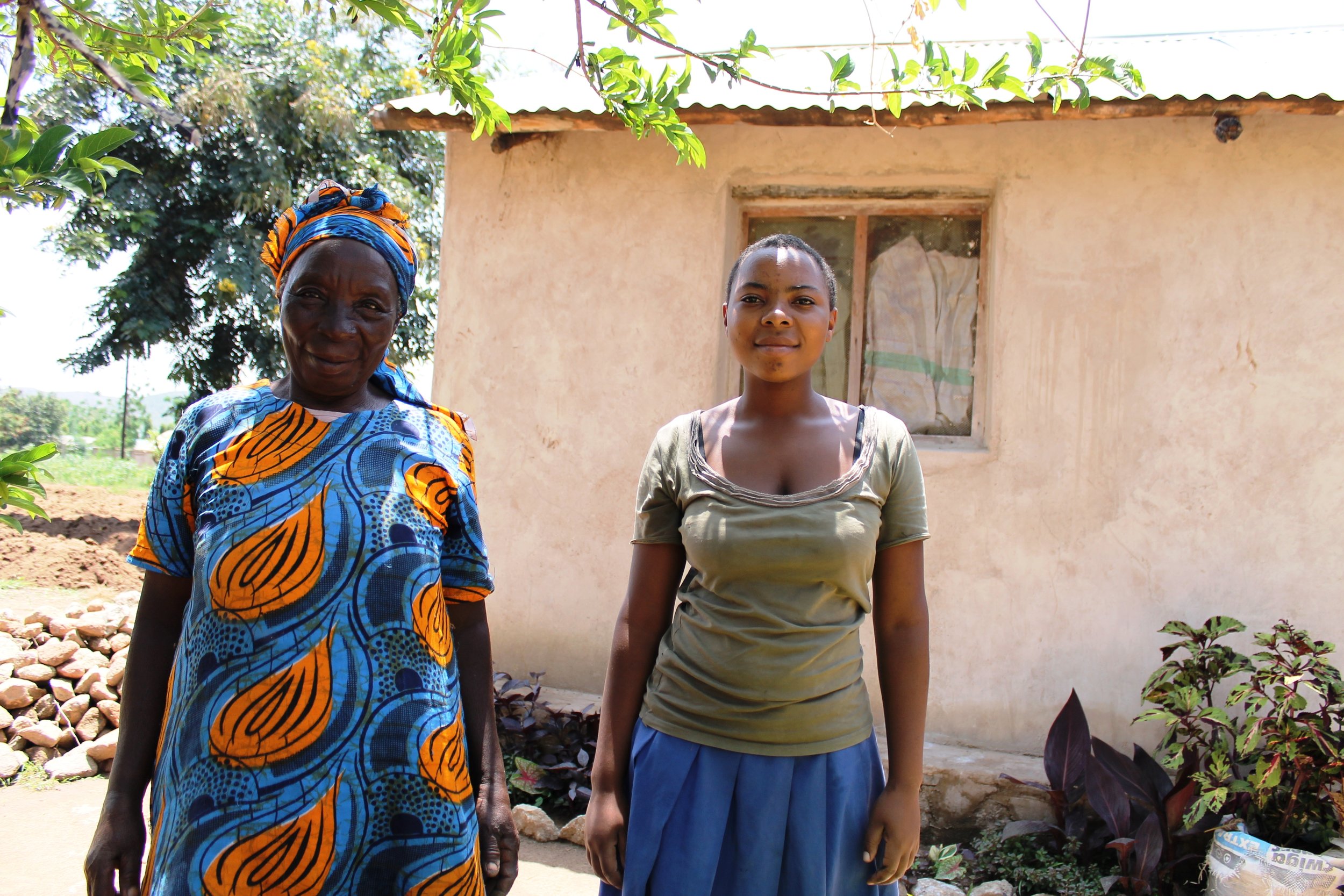
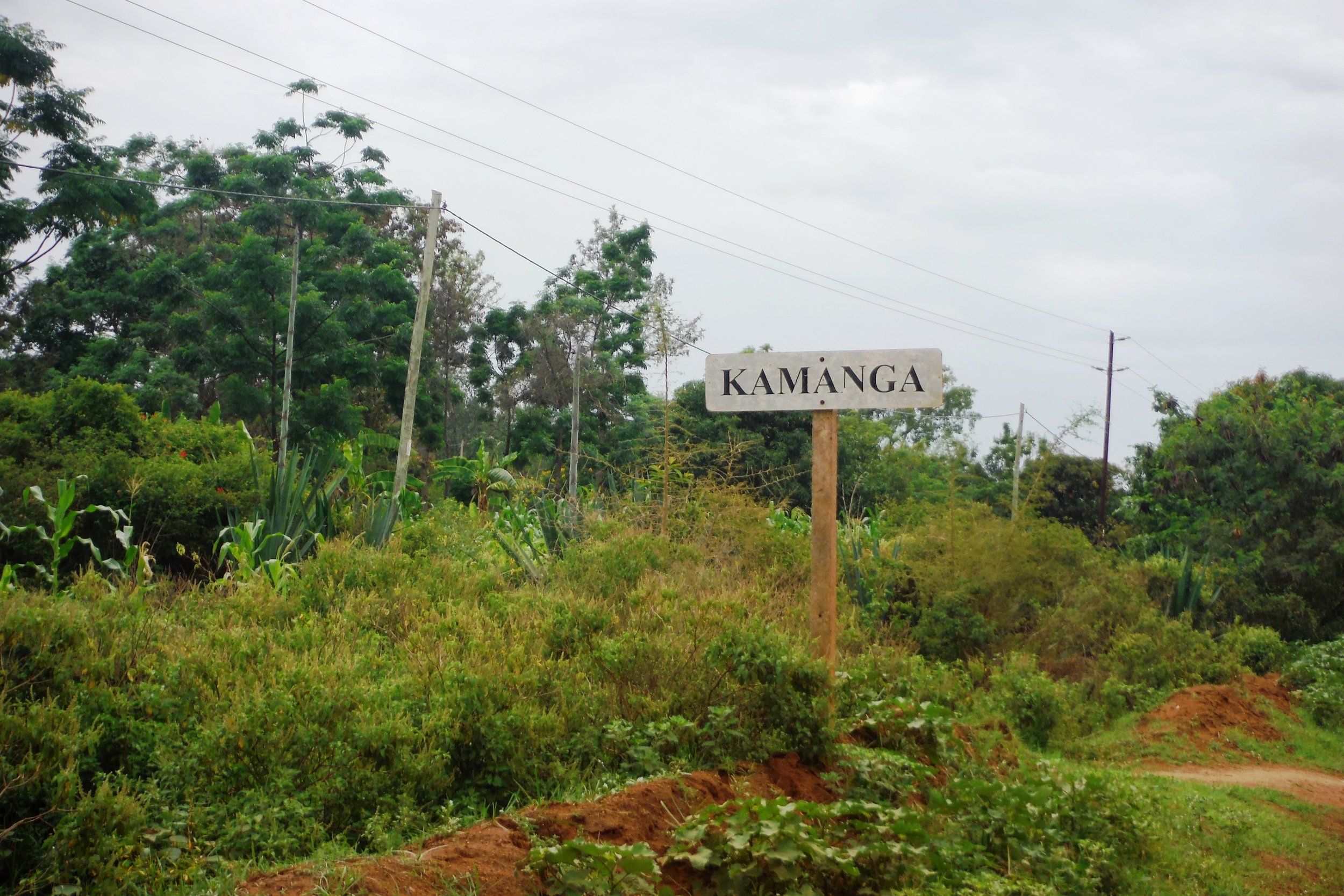

Kamanga is linked to Mwanza by regular ferry services operated by two companies. Travel time is around 30 minutes. Kamanga is also linked to Sengerema by a well-used but unpaved road, with a travel time of around one hour in dry seasons. Despite its proximity to Mwanza, Kamanga enjoys only basic services, and economic opportunities are limited.
The Infrastructure, Education, Healthcare and sanitation in Kamanga are poor and local people are exposed to water-borne diseases and parasites. However, the village is an important transport hub and a route to market, which has the potential to grow, if the road to Sengerema is improved.
HEALTH
“There was a pregnant woman who died due to lack of health services. This was because of the lack of transport during the night to get her to the hospital in Mwanza City because the ferries do not operate at night time... so the health service situation in Kamanga is very bad”
Kamanga has two small pharmacies, three traditional birth attendants and twelve traditional healers. There are no health facilities such as dispensaries, clinics or hospitals in easily reachable distances.
HEALTHY DIET
“We do no talk about a balanced diet over here”
Most residents have a diet made up principally of maize and sardines (dagaa), whereas larger fish are sold for income purposes. According to respondents, the main staple food crops cultivated by the Kamanga community include cassava, maize, beans, sweet potatoes. The majority of households do not include fruit or vegetables often in to their diets. And many don’t know how to prepare vegetables.
ENERGY
Even though Kamanga does have electricity power lines, the main sources of energy in Kamanga are firewood and charcoal.
“Electricity is reserved for a few rich people. Most residents have no electricity since the power line is along the main road and you need at least two poles to connect it to your house. It is an expensive investment. Not many Kamanga community members would afford 600,000 Tz Sh (equivalent US $355) for the connection. The further your house is from the main line, the more you have to pay”

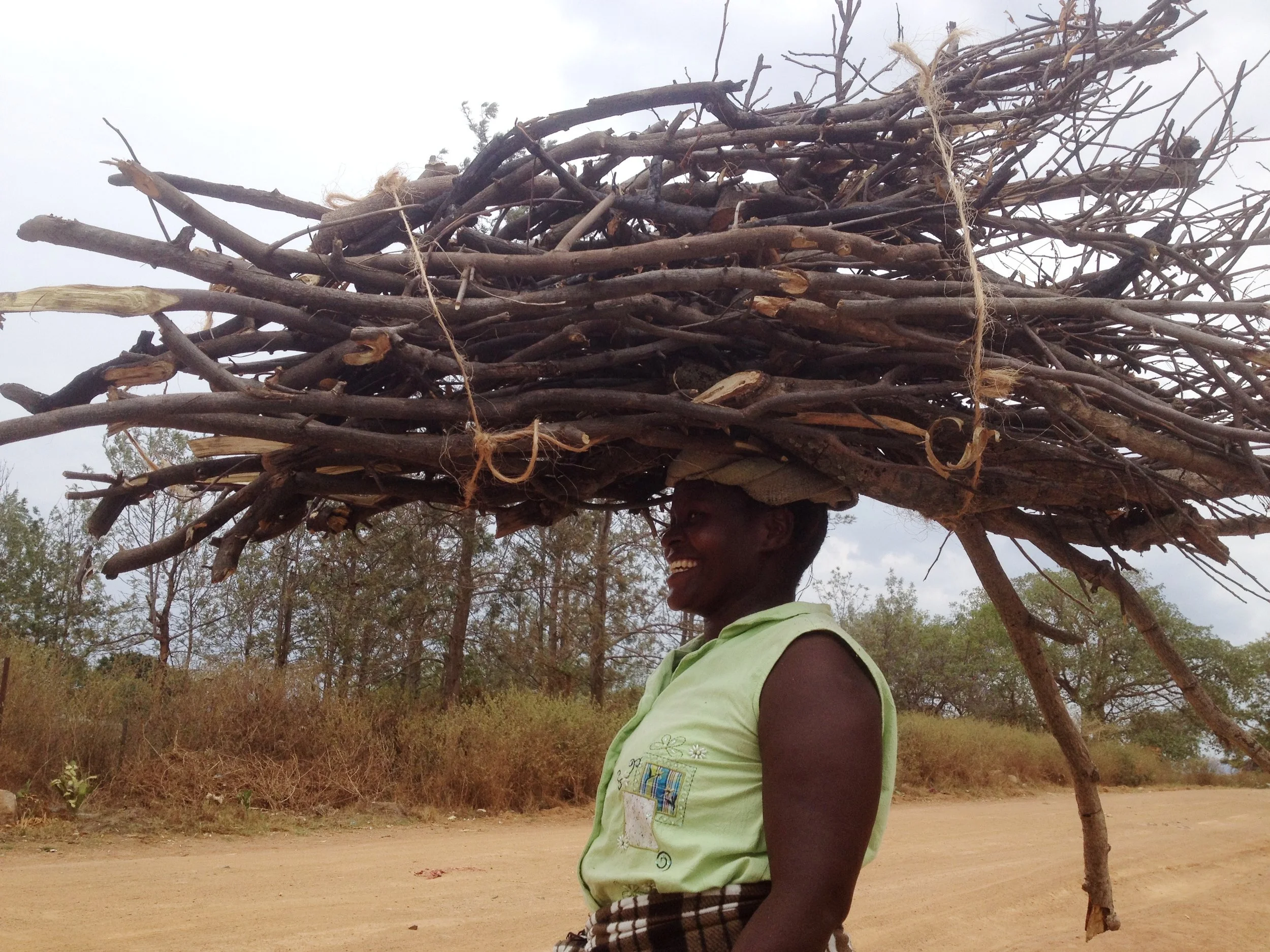
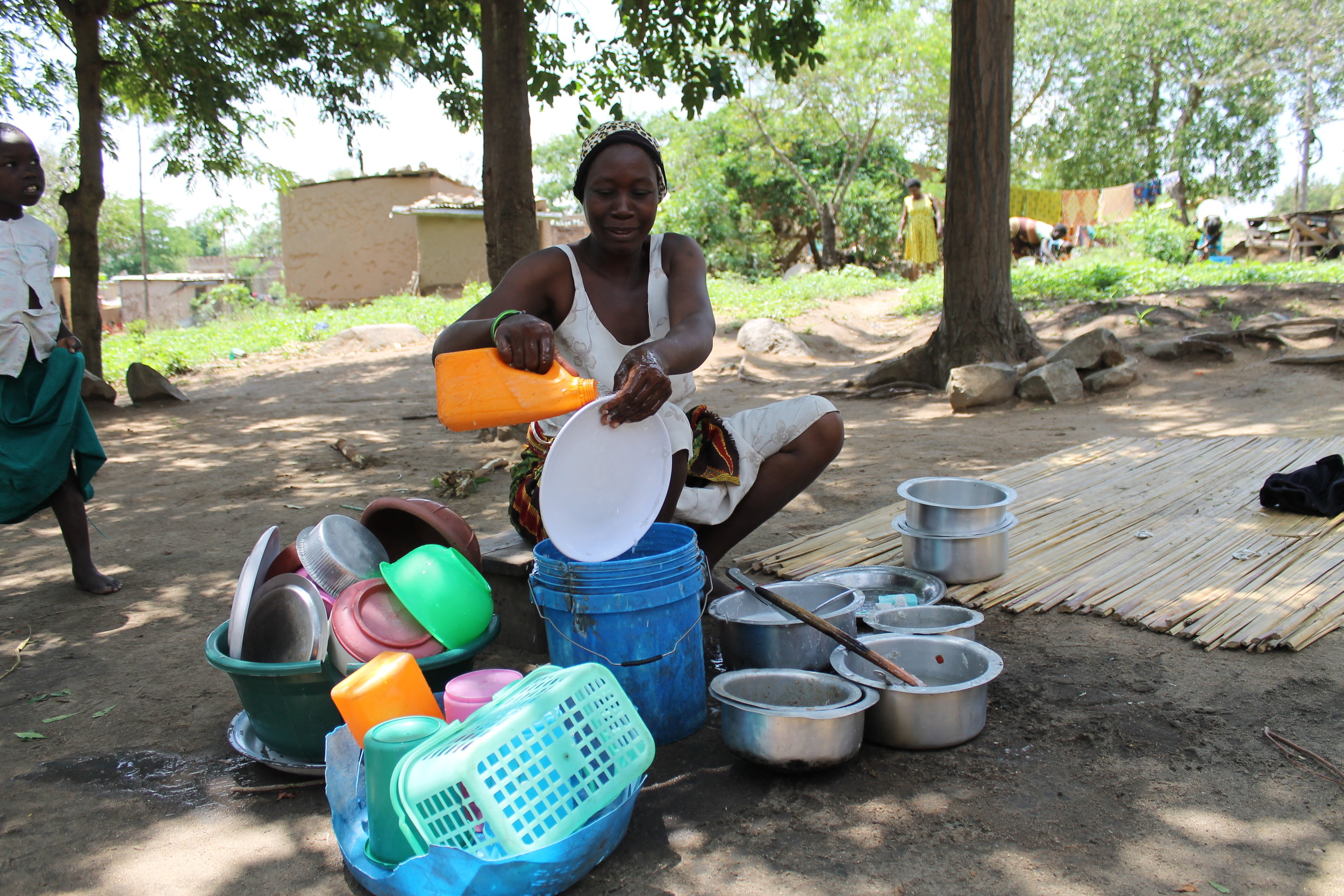
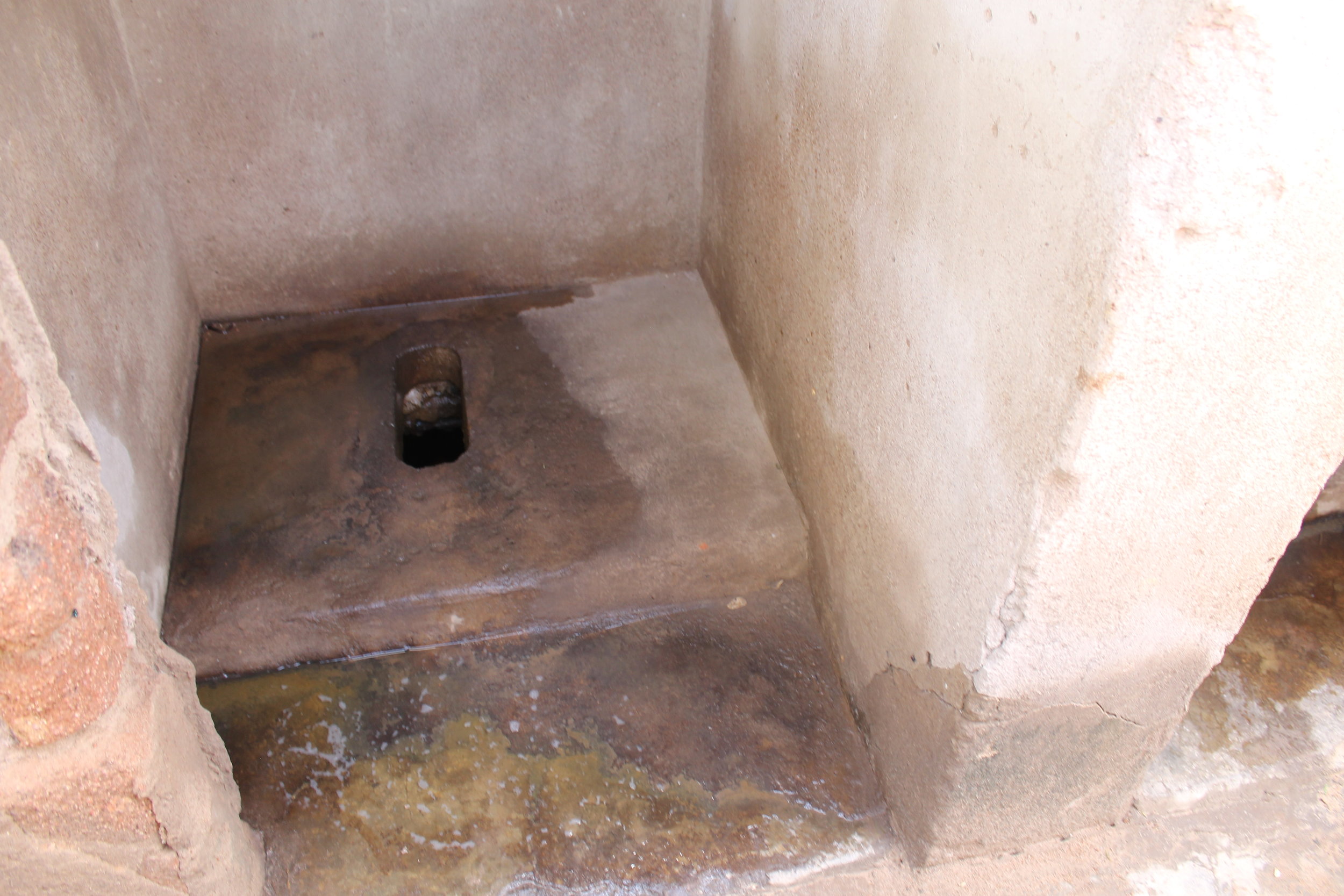
SAFE DRINKING WATER
“In my house I just take water as it is for drinking; I don’t boil it”
There is no tap water in Kamanga. Sources of water include shallow wells, springs/traditional wells, and the lake. The few shallow wells and springs which provide water are mostly useful during the rainy seasons; in the dry season these mostly dry out. And the main water source for the Kamanga community becomes the lake water, which is polluted with sewage, petroleum products and poisons used for fishing. (Kamanga Baseline Survey p28)
SANITATION
Sanitation in Kamanga is unsatisfactory. Over 70 per cent of the residents have use of a latrine.
“About 20-30% of households have no toilets at all. They practice open defecation in the bushes or the lake. In some circumstances they use fields that are close to people’s houses”
EDUCATION
“I was not happy with my son’s education. He exhibited poor performance in both reading and writing. Surprisingly, he passed examinations to join the local secondary school”
The majority of Kamanga residents are educated to primary school level. There are two primary schools in the village, both housed on the same compound. One school runs lessons in the morning, and the other runs lessons in the afternoon in the same classrooms. The community members felt that the two-session systems failed to give adequate learning time. Respondents stated that in Kamanga, the quality of education provided to the school children is unsatisfactory. Prospects for secondary education are very remote, since there is only one secondary school in the ward jurisdiction area, and this is situated in Nyamatongo village.
The drop-out rate for girls at primary school is reported to be as high as 40 per cent; reasons include early marriage and teenage pregnancy. Boys also drop out frequently, mostly to take part in lake fishing.
- Kamanga Baseline Survey, p22 & 23
ENTREPRENEURIAL OPPORTUNITIES
“Despite the fact that we are so near to Mwanza City, no individual has ever been able to get a loan from a financial institution because of the credit conditions imposed on them”
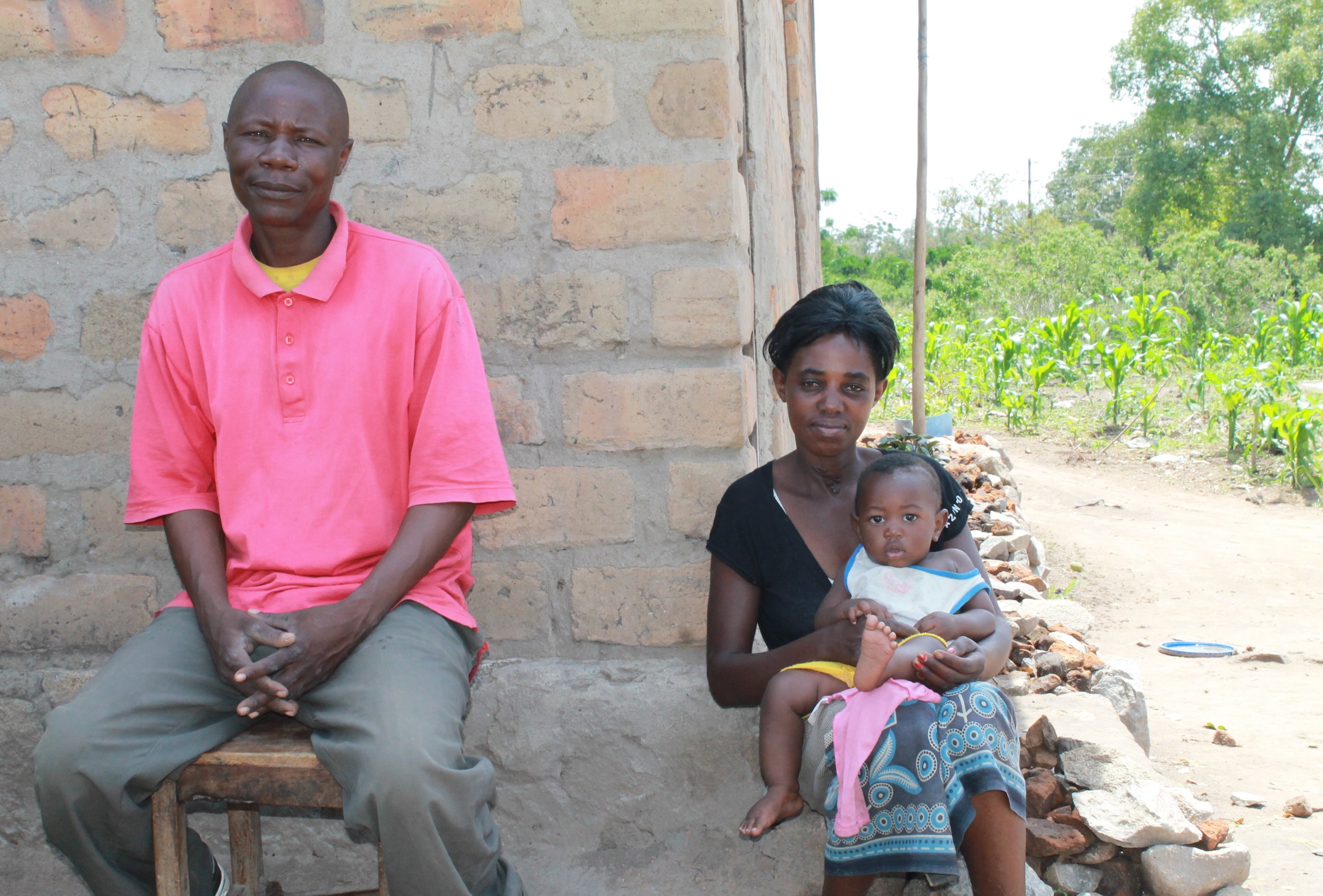

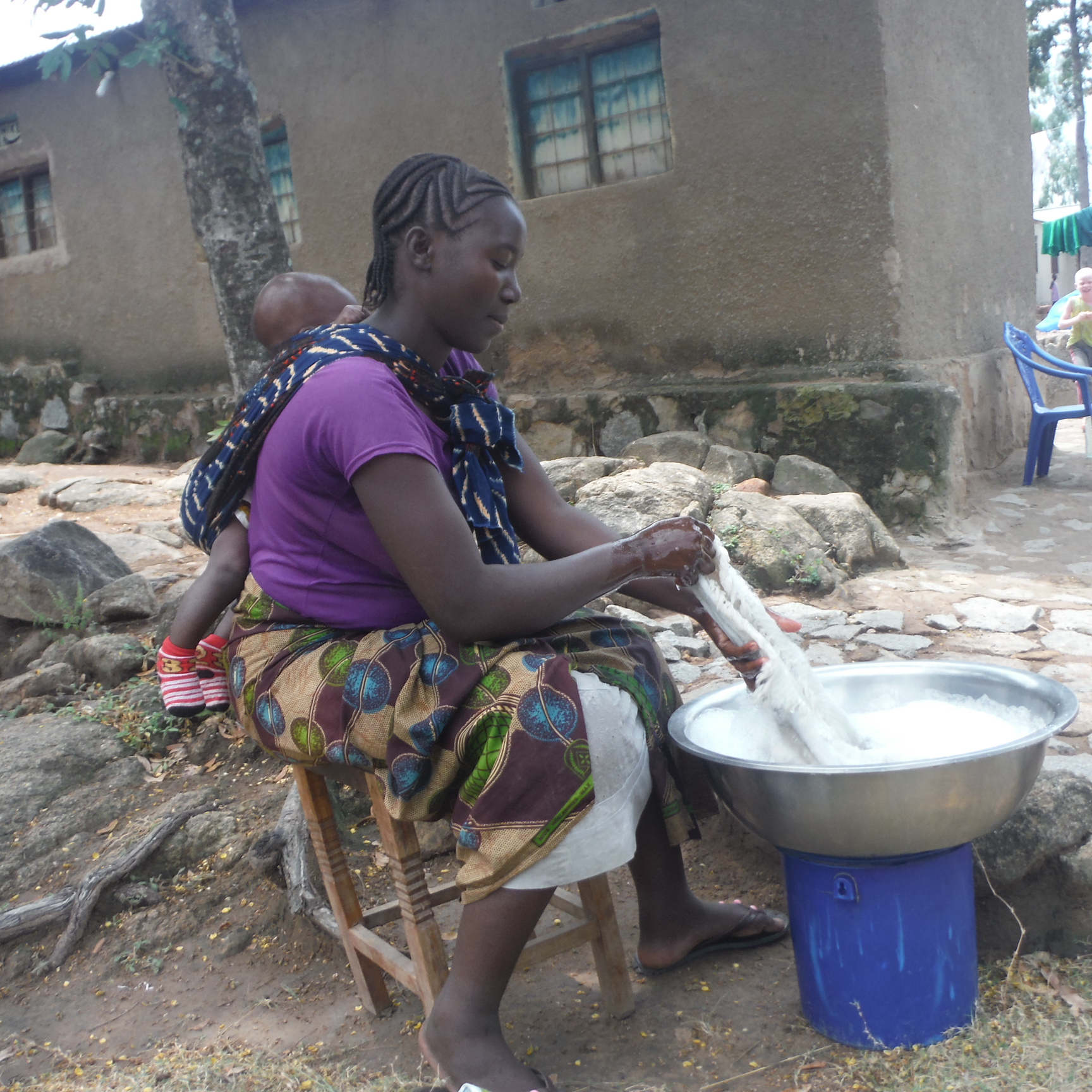
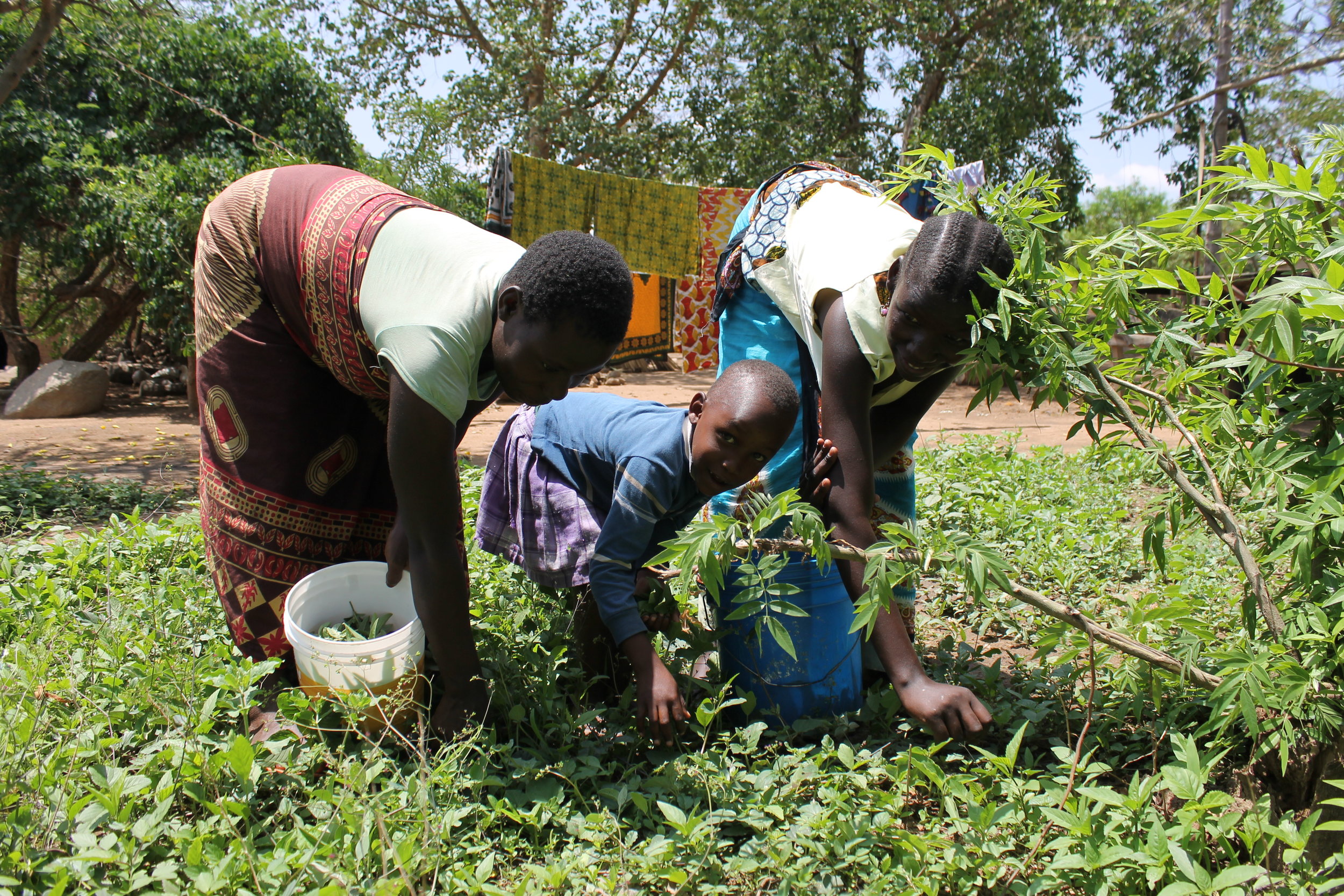
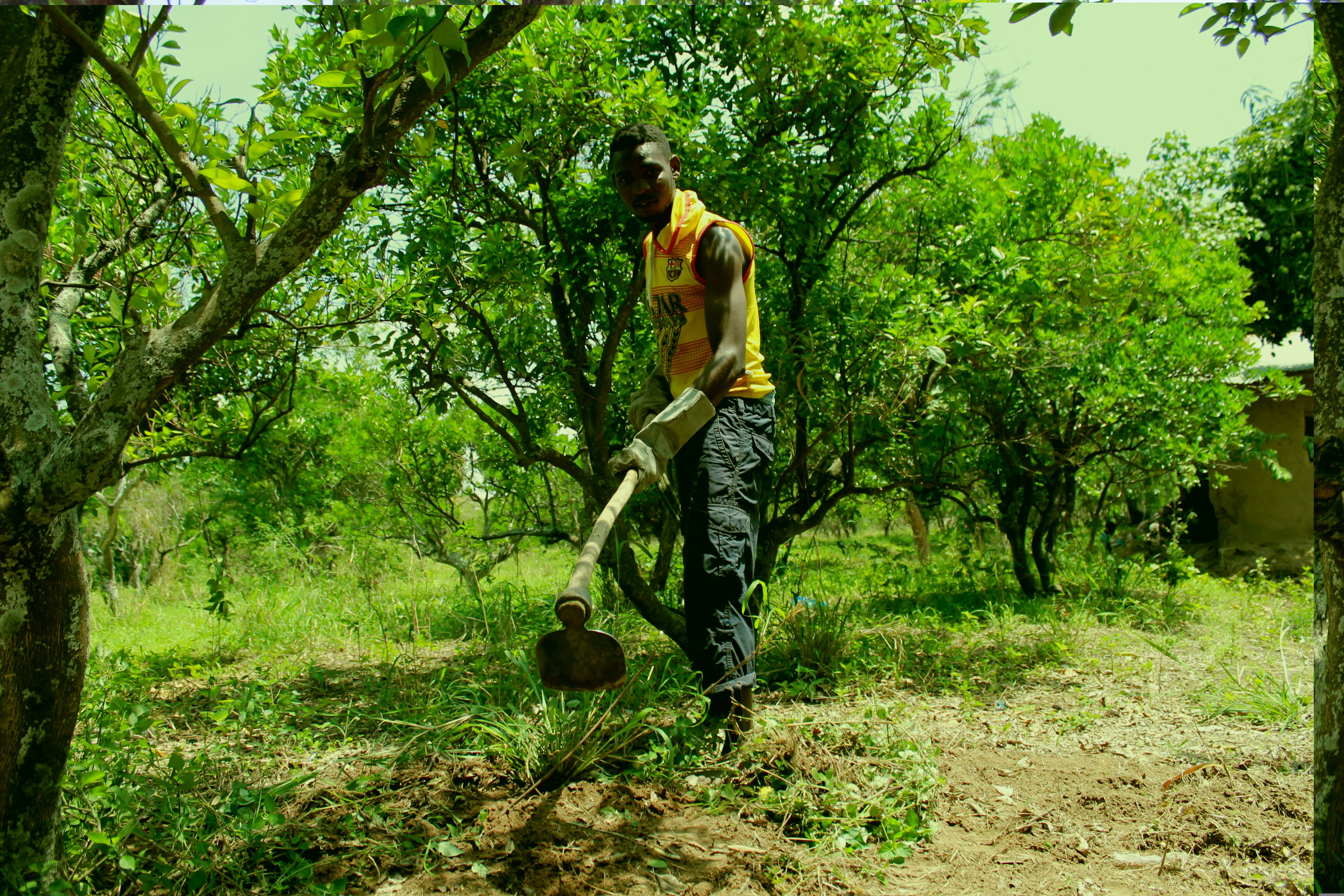
There are no banks in Kamanga and villagers lack financial management skills. When asked about opportunities for entrepreneurship, respondents reported that there is a limited amount of small scale entrepreneurship in Kamanga. The existing opportunities focus mainly on fishing and selling fish products and vegetables, and other micro-businesses. The main barriers to business development are lack of capital and entrepreneurship skills. Although fishing and agriculture are the main economic activities, equipment and tools are still very basic.
MALE AND FEMALE ROLES
In terms of gender equality, respondent stated that in some cases, a fair system is in place. For instance, respondents drew attention to the fact that if a man dies, his wife will continue to own the property. On the other hand, female respondents reported that within some families, men will rarely involve women in decision-making and have the final say on the distribution of income.
“Women might receive a small portion of the product of their work; however some men give nothing at all to their spouses. If you insist on receiving your share, you may end up being battered”

